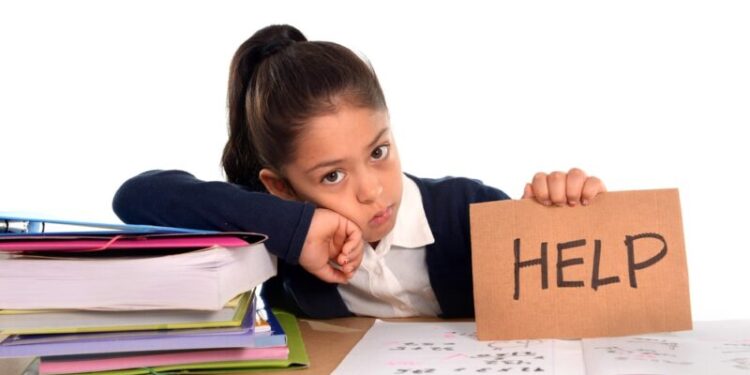Hanna Beech
Hanna Beech has been teaching for ten years and has a range of experience across Key Stages 1 and 2 in a large Primary School in Kent. She is a phase leader for Years 3 and 4, and also leads on teaching and learning for…
Read more about Hanna Beech
Do you teach a pupil who always seems to get the blame, even if they’re not in the room?
This pupil behaviour strategy helps to stop the ‘blame game’ and reduces ‘that pupil’ from being the class scapegoat …
The plan
- Build them up and big them up! Make their positive actions stand out.
- When blame rears its head, explain the principle of ‘the presumption of innocence‘ and teach pupils what an accusation is.
- Give all parties a chance to express themselves properly, using restorative justice where necessary.
- Avoid asking ‘Who did this?’ or ‘Who said that?’ when something goes wrong. These questions often lead pupils to unfairly blame the usual suspects.
Why try this?
Research shows that children as young as 14 months are developing an awareness of others’ views and that humans have a natural concern about their reputation, thought to be driven by the fear of rejection.
Top tip
Read the picture book Edwardo, The Horriblest Boy in the Whole Wide World, discussing the themes with the class. This is the tale of a boy who constantly behaves badly because he is constantly told how bad he is. When blame occurs, remind the class of Edwardo.
Unfortunately over time, one child can become a scapegoat in class and this can lead to rejection. Someone needs to break that cycle.
Which pupil are you going to support with this pupil behaviour idea?
References:

















